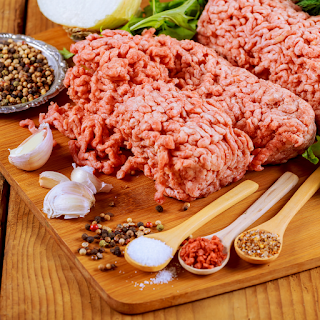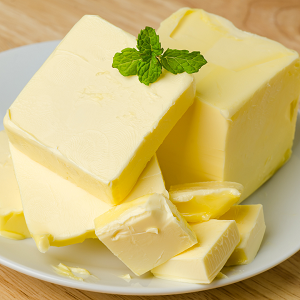The Sustainable Choice: Grass-Fed Butter and Its Environmental Impact
Choosing grass-fed butter is not just a culinary preference but also an eco-conscious decision that can significantly reduce your environmental footprint. Here's a look at the positive environmental impact of this sustainable choice.
- Grass-Fed Cows and Sustainable Grazing: Grass-fed butter is derived from cows that primarily graze on natural pastures. This sustainable grazing approach reduces the need for intensive feedlots and minimizes the environmental impact of large-scale feed production.
- Reduced Carbon Emissions: Compared to grain-fed counterparts, grass-fed cows produce lower methane emissions. Methane is a potent greenhouse gas, and by supporting grass-fed dairy, you're contributing to reduced carbon emissions.
- Enhanced Soil Health: Sustainable grazing practices can improve soil health. The rotation of pastures and the natural fertilization process of grazing animals enhance soil structure and reduce the need for synthetic fertilizers.
- Preservation of Biodiversity: Grass-fed dairy systems often maintain diverse, natural ecosystems on farmland. This helps preserve biodiversity and supports various plant and animal species, creating a healthier and more resilient environment.
- Sustainable Farming Communities: Choosing grass-fed butter supports local farming communities. Sustainable farming practices contribute to the well-being of rural areas, helping maintain the social and economic fabric of these regions.
- An Eco-Conscious Choice: In a world increasingly concerned with sustainability and climate change, opting for grass-fed butter is an environmentally responsible choice. By supporting sustainable farming practices, you not only savor the rich flavors of Kerry’s gold butter but also actively contribute to a greener and more eco-friendly future.




Comments
Post a Comment